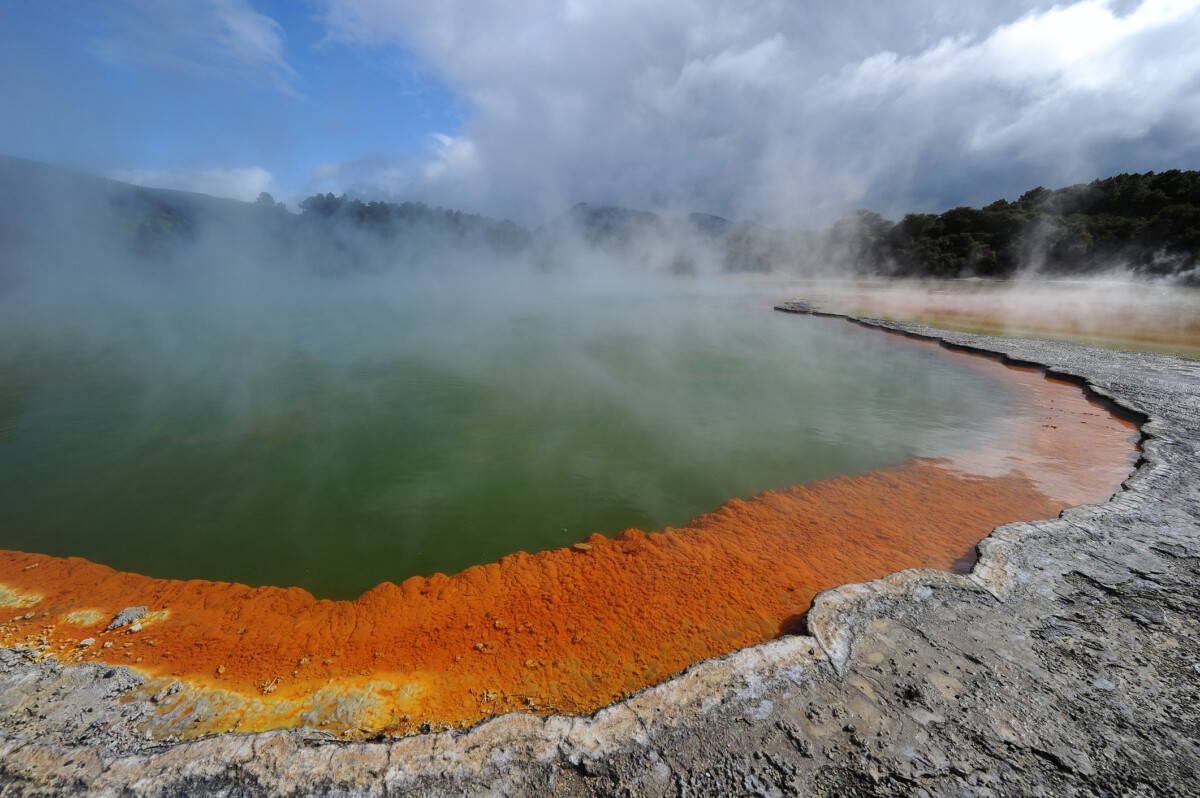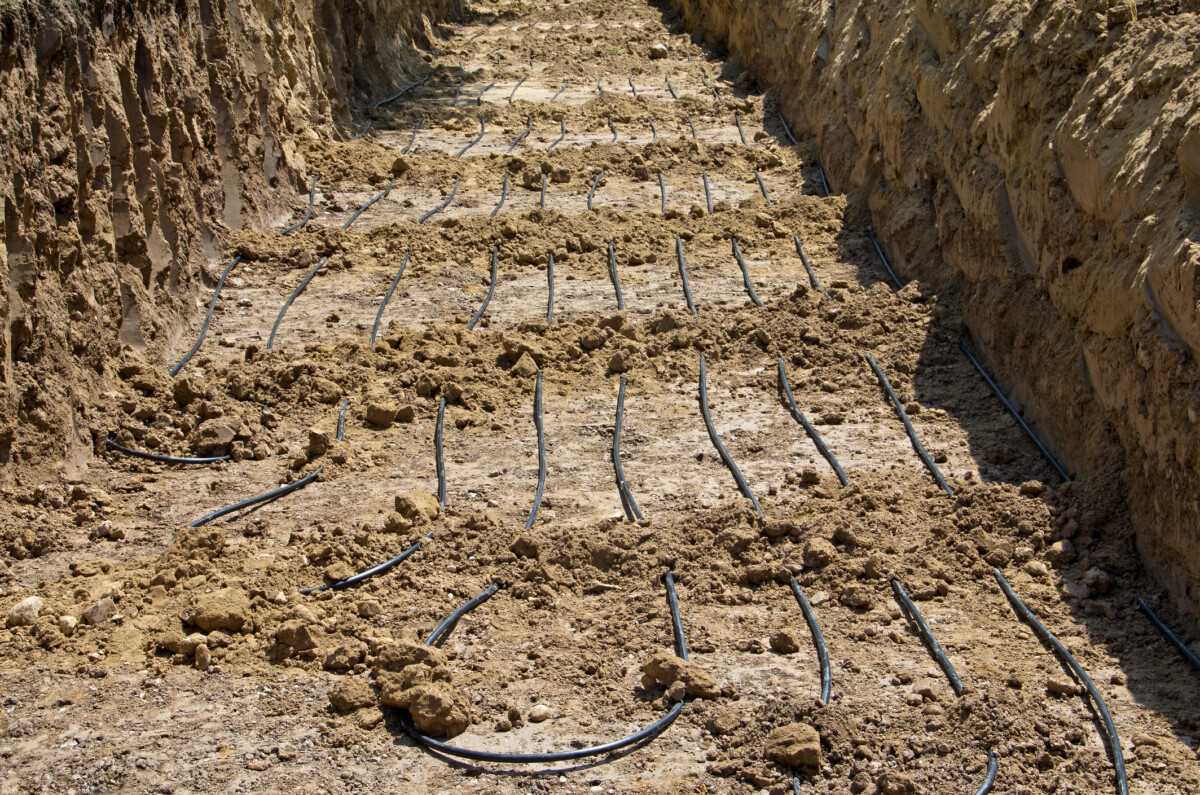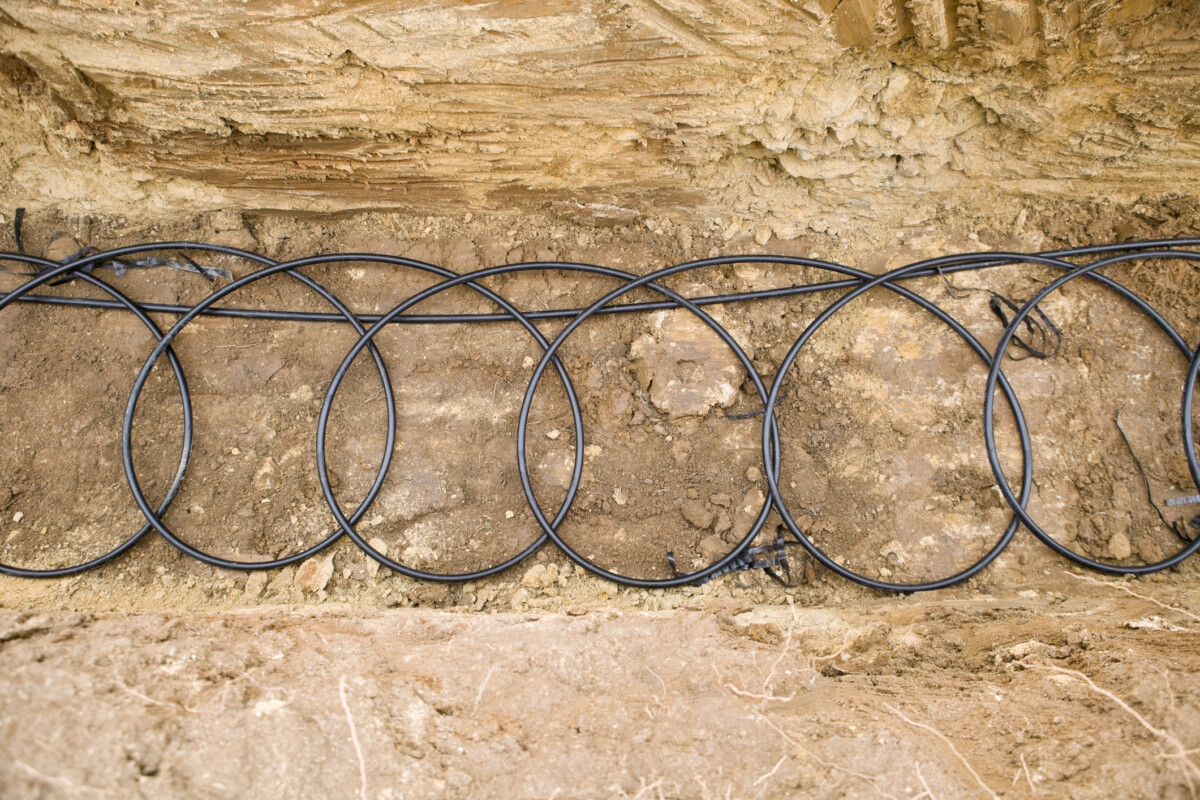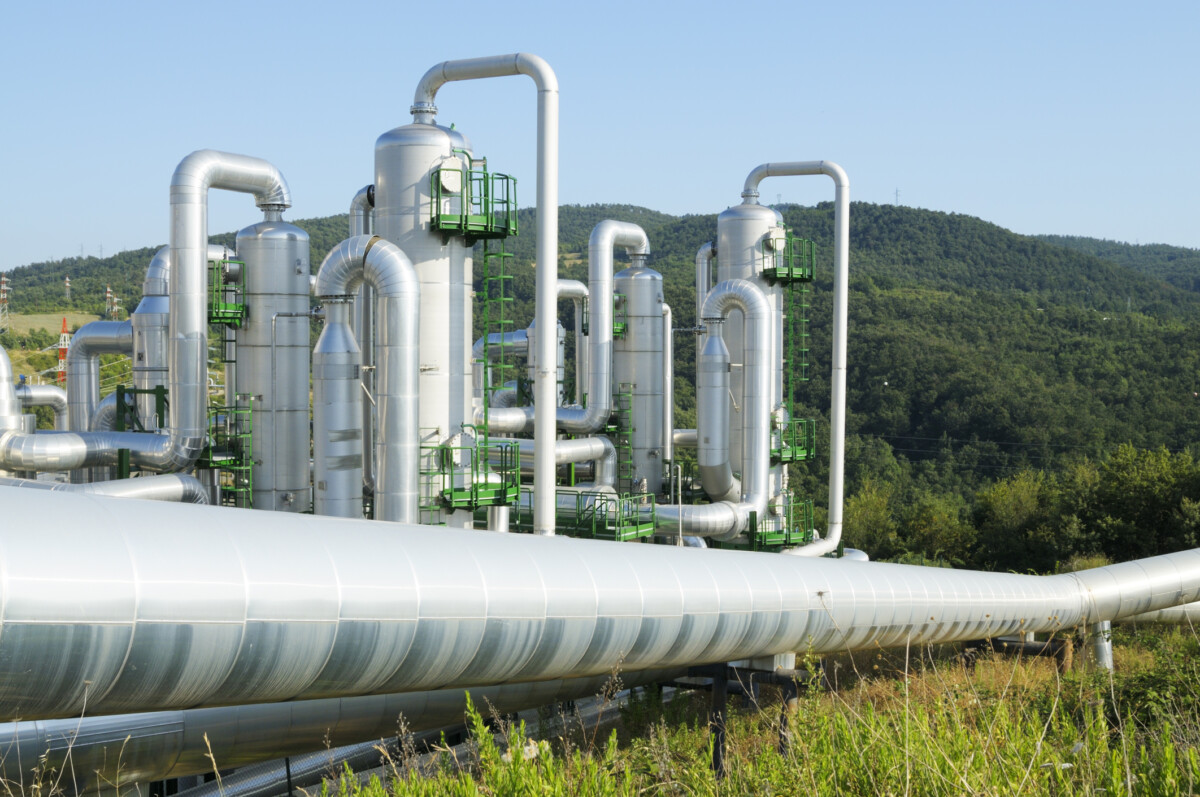Geothermal energy generates electricity and heats buildings by using heat stored beneath the earth’s surface. It has gained popularity recently due to its reliability, environmental friendliness, and long-term cost-effectiveness. This type of energy can be used to power homes and businesses in a variety of ways.
So what is geothermal energy and how can you use it at home? Whether you live in a house in Salem, OR, or a tiny home in Duluth, MN, read on to learn about geothermal energy, including what it is, how it affects the environment, and how you can use it to heat your home.

What is geothermal energy?
Geothermal energy is a renewable energy source produced by the natural decay of radioactive elements near the earth’s core. The heat then rises to the surface through a process of natural convection. Geothermal energy works by tapping into this heat source, either by drilling wells or using a heat exchanger system buried in the ground. The heat is then used to generate electricity or to heat and cool buildings.
Another form of geothermal energy is the stable natural temperature of the shallow underground.
How do we use geothermal energy?
There are three primary uses for geothermal energy: electricity generation, direct-use, and GeoExchange systems (geothermal heat pumps, or GHP). Electricity generation and direct-use are common in commercial and industrial settings and can help meet the world’s renewable energy needs. Geothermal heat pumps, however, are suitable for most homes around the world and can help reduce your environmental footprint.
Geothermal heat pumps
Depending on latitude, the shallow ground beneath the earth maintains a temperature between 45 and 75°F year-round, meaning it’s often cooler than the air in the summer and warmer in the winter. Geothermal heat pumps take advantage of the stable underground temperature by exchanging heat with the earth to heat and cool buildings.
Geothermal heating systems are incredibly efficient and can work on a large scale to efficiently regulate the temperatures of many buildings. This is called district heating and cooling (or teleheating). Reykjavik, Iceland, is a good case study for this; today, nearly the entire city uses geothermal energy to heat and cool buildings.

How to use geothermal energy at home
You can install a geothermal heat pump to heat and cool your home year-round. A heat pump takes advantage of the stable heat underground by using a series of buried pipes. These pipes transfer the heat to a heat exchanger, which heats or cools the air in your home. In the winter, the heat pump removes heat from the exchanger, and in the summer, the pump moves heat into the exchanger, pushing the heat underground.
Heat pump systems are more efficient than traditional heating and cooling systems because they require less energy to transfer heat and are nearly immune from environmental factors. They also have a longer lifespan and are quieter than other traditional systems.
Your home might also have access to geothermal hot water, which you can use for domestic purposes.
Types of geothermal heat pump systems
There are four common types of geothermal ground loop systems, each with their own benefits and drawbacks. Let’s break them down.
- Closed-loop horizontal: This is most cost-effective for residential installations where a large amount of land is available. The most common layouts either use two pipes buried four and six feet underground, or two pipes side-by-side, five feet underground. Pipes are often looped like a vertical slinky to allow for more pipe in a shorter trench.
- Closed-loop vertical: Vertical systems are more common in commercial settings, such as businesses or schools, where space is often at a premium. The most common layout uses multiple holes 20 feet apart and up to 400 feet deep. Looped pipes are inserted into the holes and connected to the heat pump in the main building.
- Closed-loop pond or lake: This can be the most affordable option if you have an adequate water source that satisfies minimum volume, depth, and quality prerequisites. In a water-based system, an underground supply line is laid from the building to the water. To avoid freezing, the coils must be at least eight feet below the water’s surface.
- Open-loop: The installation process involves running an underground supply line pipe from the building to the water source and coiling it into circles at least eight feet under the surface to prevent freezing. The coils can only be placed in a water source that meets the minimum volume, depth, and quality requirements.
Most closed-loop systems circulate an antifreeze solution through a closed loop of pipes buried in the ground or submerged in water. Heat exchangers then transfer heat between the refrigerant in the heat pump and the antifreeze in the loop.
Consider your individual circumstances and needs, and consult a professional before installing a geothermal heat pump.

Cost of a geothermal heat pump
Geothermal heat pumps can be expensive. A typical residential GHP system can cost between $10,000 and $25,000 depending on the site, size, and type of system. Cost can also vary depending on factors such as the depth of the ground loops and the complexity of the installation. However, this investment can pay off in the form of lower energy bills over time, as they are highly efficient and can provide significant cost savings compared to traditional heating and cooling systems.
In addition, the US offers tax credits to encourage the use of geothermal heat pumps in both residential and commercial buildings.
Pros and cons of installing a geothermal heat pump
Geothermal heat pumps provide a sustainable method to heat and cool your home. However, they do come with some drawbacks. Let’s look at a few pros and cons.
Pros
- Renewable and sustainable: Geothermal energy is a renewable energy source that will exist for as long as the earth exists. It also doesn’t produce greenhouse gasses or harmful emissions naturally. However, the extraction process can cause emissions, and power plants require fossil fuels to build and maintain.
- High efficiency: Geothermal power plants are incredibly efficient. They can produce electricity 90% of the time, compared to 59% for wind and 23% for solar. This means they can convert a large percentage of the heat from underground into usable energy without much wasted heat.
- Reliable and consistent: Geothermal power plants can operate around the clock and regardless of weather conditions, making them a reliable and consistent energy source.
- Small footprint: Geothermal power plants have the smallest land footprint of any large-scale energy source in the world at just 404 m2 per gigawatt hour. This is less than one-third the amount of an average wind farm.
Cons
- High upfront cost: The cost of installing a geothermal heat pump is higher than traditional heating systems due to the need for drilling and installing underground piping. Different systems cost different amounts, but the most common type is a closed-loop horizontal system.
- Site suitability: Geothermal heat pumps require suitable geology and land area to install the underground loop system, which may not be available in all areas.
- Installation challenges: Installing an underground loop system requires specialized equipment and expertise, which can pose challenges during installation and maintenance and lead to higher costs. Different systems require
How long have people been using geothermal energy?
People have been using geothermal energy for thousands of years. Here are two examples:
- Hot springs: Since at least 10,000 years ago, native peoples in North America have been using them for cooking, bathing, relaxation, and medical therapy, among other uses.
- Heat generation: People have used geothermal energy to heat interior spaces for thousands of years, dating back to at least the 1st Century CE. However, it wasn’t until the late 19th century that the first geothermal district heating system was built in Italy to heat and cool an entire town.

Final thoughts on geothermal energy
As climate change persists, investing further in renewable energy, like geothermal, is essential. Geothermal energy is reliable, emits little to no greenhouse gasses, and has a variety of uses and enormous growth potential. However, the process of drilling and exploration can be expensive and environmentally harmful.
Homeowners can use geothermal heat pumps to heat and cool their homes efficiently. These systems use the stable temperature underground to provide heat during the winter and cooling during the summer.
While geothermal energy is less common than other types of renewable energy, it can play an important role in reducing carbon emissions and meeting global energy demands.
The post What Is Geothermal Energy and How Can You Use it At Home? appeared first on Redfin | Real Estate Tips for Home Buying, Selling & More.
------------Read More
By: Jamie Forbes
Title: What Is Geothermal Energy and How Can You Use it At Home?
Sourced From: www.redfin.com/blog/what-is-geothermal-energy/
Published Date: Fri, 07 Apr 2023 19:10:00 +0000
.png)





